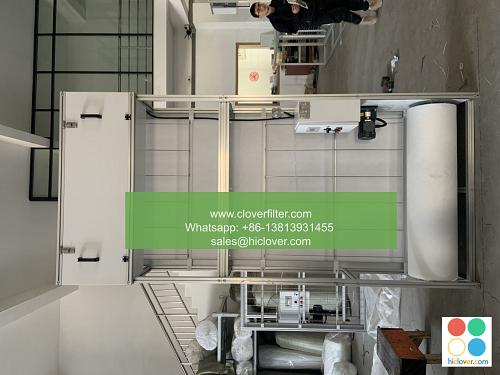The Importance of Air Filtration in Virus Containment Rooms

Air filtration systems play a crucial role in maintaining a safe and healthy environment in virus containment rooms, also known as Biosafety Level (BSL) laboratories. These rooms are designed to handle and study infectious agents, such as viruses, bacteria, and other microorganisms, and require specialized air filtration systems to prevent the spread of diseases.
Types of Air Filtration Systems
There are several types of air filtration systems used in virus containment rooms, including HEPA filters (High Efficiency Particulate Air), UV air purifiers, and activated carbon filters. These systems work together to remove airborne pathogens, including viruses, bacteria, and other microorganisms, from the air. Air filtration systems are an essential component of Biosafety Level 3 (BSL-3) and Biosafety Level 4 (BSL-4) laboratories, where researchers work with highly infectious and deadly agents.
Application Areas
Air filtration systems are used in a variety of application areas, including:
* Healthcare facilities: Hospitals, clinics, and other healthcare facilities use air filtration systems to prevent the spread of diseases, such as tuberculosis and influenza.
* Research laboratories: BSL laboratories, such as those used for virology research and biotechnology research, rely on air filtration systems to maintain a safe working environment.
* Pharmaceutical manufacturing facilities: Air filtration systems are used to prevent contamination and ensure the quality of pharmaceutical products.
* Animal research facilities: Air filtration systems are used to prevent the spread of diseases in animal research facilities, such as primate research centers and animal vivariums.
Key Features of Air Filtration Systems
When selecting an air filtration system for a virus containment room, there are several key features to consider, including:
* Filter efficiency: The filter should be able to capture at least 99.97% of particles as small as 0.3 microns.
* Airflow rate: The system should be able to handle the required airflow rate to maintain a safe working environment.
* Pressure drop: The system should be designed to minimize pressure drop, which can affect the overall performance of the system.
* Monitoring and control: The system should include monitoring and control features, such as pressure sensors and flow meters, to ensure proper operation.
Conclusion
In conclusion, air filtration systems play a critical role in maintaining a safe and healthy environment in virus containment rooms. By using specialized air filtration systems, including HEPA filters and UV air purifiers, researchers and healthcare professionals can prevent the spread of diseases and ensure a safe working environment. It is essential to consider the key features of air filtration systems, including filter efficiency, airflow rate, and pressure drop, when selecting a system for a virus containment room. By prioritizing air filtration and infection control, we can protect public health and prevent the spread of infectious diseases.

